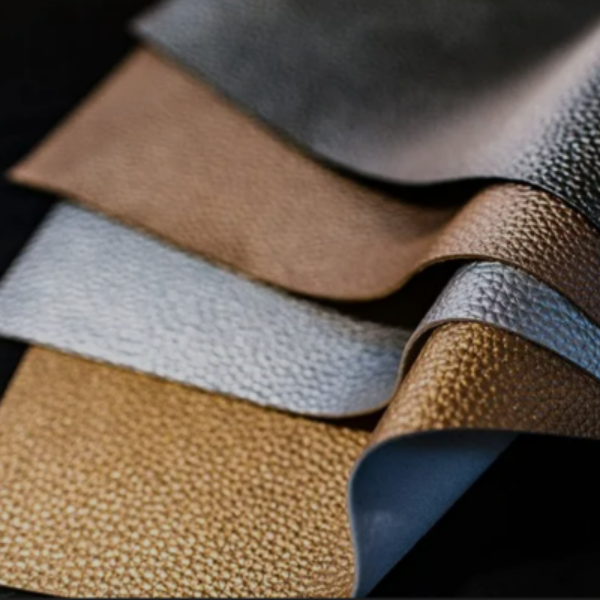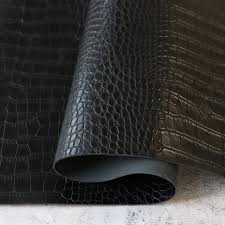Handbags are a blend of utility and fashion, requiring precise craftsmanship and the right combination of materials and machines to bring designs to life. In this blog, we’ll explore the step-by-step process of handbag production, detailing the materials, machines involved, and their roles in the manufacturing process.
Step 1: Preparing the Materials
To create a high-quality handbag, the following materials are essential:
- Main Materials:
- Leather Options: Genuine leather (e.g., cowhide, lambskin), synthetic leather (e.g., PU, PVC, silicone leather), or textiles (e.g., canvas, nylon).
- Selection Tip: Choose materials based on the desired style, durability, and market trends.
- Lining Materials:
- Options include polyester, cotton, or other durable fabrics for the interior.
- Hardware:
- Includes zippers, buckles, rings, and decorative studs.
- High-quality hardware ensures durability and enhances aesthetics.
- Reinforcements:
- Materials like foam, cardboard, or plastic sheets are used to maintain the bag’s shape.
- Consumables:
- Adhesives for assembly.
- Threads for stitching.
Step 2: Machines Needed and Their Roles
The handbag manufacturing process relies on various machines, each designed for specific tasks:
- Cutting Machine
- Function: Cuts leather or fabric into specific shapes and sizes based on the pattern.
- Types: Laser cutters for precision or die-cutting machines for high-volume production.
- Skiving Machine
- Function: Reduces the thickness of leather at edges for easier stitching and folding.
- Application: Essential for areas like straps or folded seams.
- Sewing Machine
- Function: Stitches the bag’s components together.
- Types:
- Flatbed sewing machine: General stitching.
- Cylinder arm machine: For curved or hard-to-reach areas.
- Heavy-duty machine: Handles thick materials like leather.
- High-Frequency Welding Machine
- Function: Fuses materials like PVC or PU using heat and pressure.
- Application: Ensures seamless joins for synthetic materials.
- Edge Painting or Sealing Machine
- Function: Applies paint or sealant to raw leather edges for a polished finish.
- Benefit: Increases durability and aesthetic appeal.
- Punching Machine
- Function: Creates holes for attaching hardware or decorative features.
- Hardware Attachment Machine
- Function: Fastens zippers, buckles, rivets, and other accessories securely.
- Forming Machine
- Function: Shapes the bag structure using molds and heat.
- Application: Creates a defined and professional appearance for structured bags.
- Quality Inspection Equipment
- Function: Checks the final product for defects, including stitching, hardware installation, and overall finish.
Step 3: The Manufacturing Process
Here is the typical sequence for manufacturing a handbag:
- Pattern Design and Material Selection
- A pattern is created based on the design, and materials are chosen for the exterior, lining, and reinforcements.
- Material Cutting and Preparation
- Materials are cut into required shapes using a cutting machine. Skiving is performed on areas that require reduced thickness.
- Assembling the Pieces
- Adhesives may be used to hold pieces temporarily in place. Edges are painted or sealed at this stage.
- Stitching the Components
- The bag’s main body, handles, and lining are stitched together using sewing machines.
- Attaching Hardware
- Hardware like zippers, buckles, and straps are added using punching and attachment machines.
- Shaping and Forming
- The bag is placed in molds and shaped using forming machines to achieve the final design.
- Finishing Touches
- Any final adjustments are made, including edge painting, polishing, and cleaning.
- Quality Inspection
- Each bag undergoes a thorough inspection to ensure it meets quality standards.
- Packaging and Shipping
- The finished products are packaged and prepared for distribution or delivery.
Key Points to Consider
- Material Quality: High-quality raw materials lead to durable, aesthetically pleasing handbags.
- Machine Selection: Investing in the right machines ensures efficiency and consistent results.
- Production Workflow: Properly organizing the production steps reduces errors and increases productivity.
- Quality Control: Strict quality checks at every stage minimize defects and enhance customer satisfaction.
Conclusion
The production of handbags is a meticulous process that combines art and technology. By understanding the materials and machines required, you can make informed decisions about sourcing raw materials and partnering with reliable suppliers. Whether you’re looking for leather, textiles, or hardware, ensuring the quality of your inputs is crucial for creating handbags that stand out in the market.
If you’re in need of high-quality raw materials for handbag production, feel free to reach out for tailored solutions. Let’s create something exceptional together!





